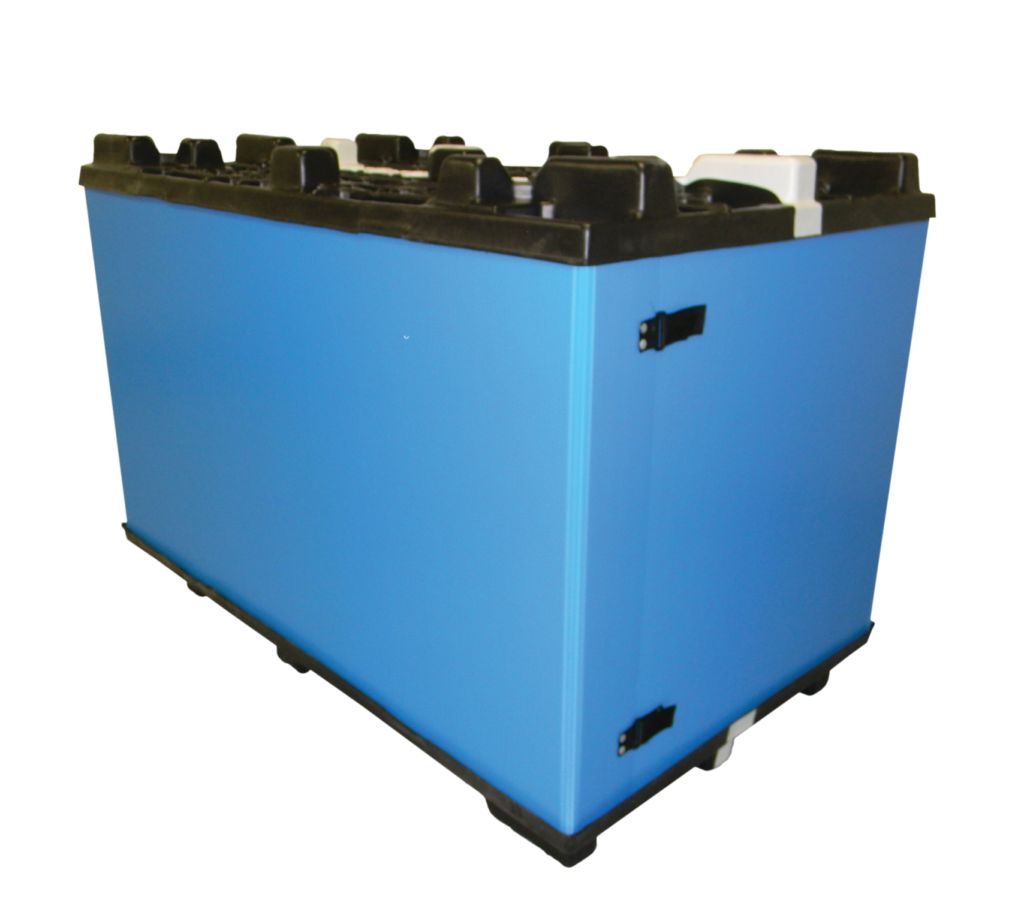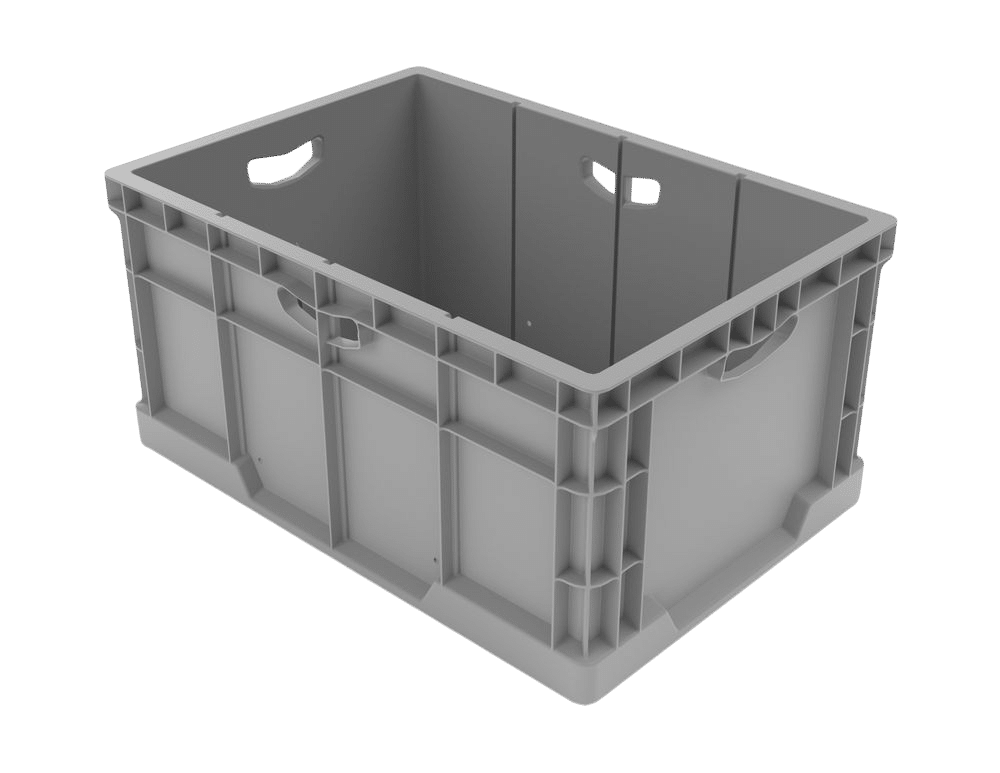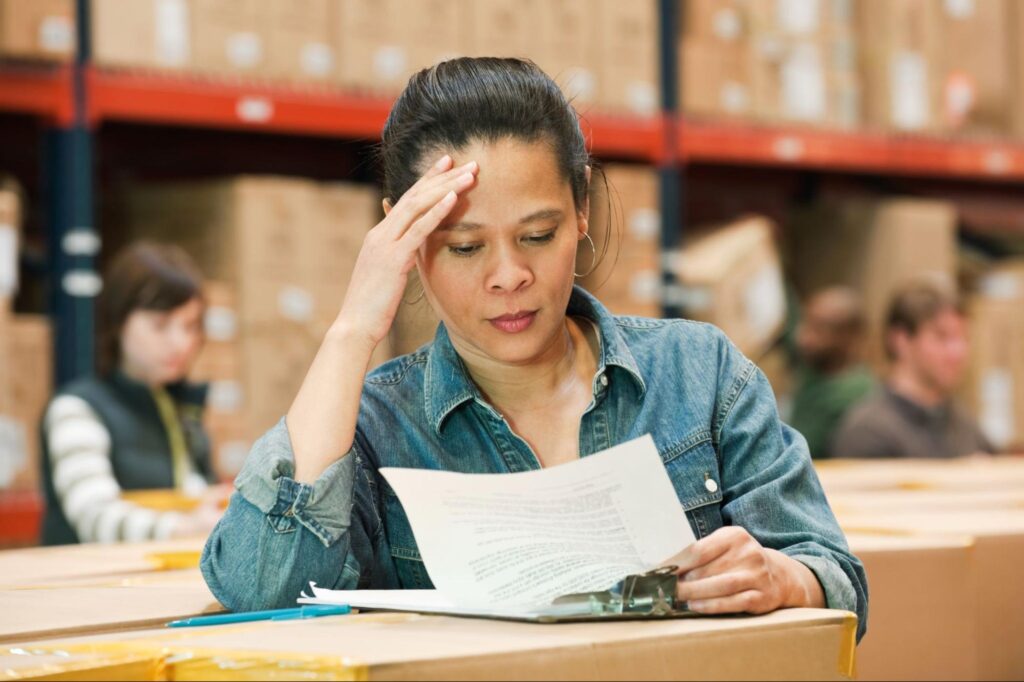The true cost of packaging failures goes far beyond the broken box and the damaged product inside. It’s a cascade of hidden expenses that drain resources, halt production lines, and silently erode your brand’s reputation with every damaged delivery. For industries like pharmaceuticals and electronics, these failures carry the additional weight of regulatory fines and costly product recalls.
This guide takes you beyond the box. We will move from understanding the true cost of these failures to diagnosing their root causes. From there, we’ll provide a comprehensive framework of corrective actions, innovative solutions, and strategic management to help you transform your packaging from a potential liability into a reliable and powerful asset.
Understanding the True Cost of a Packaging Failure

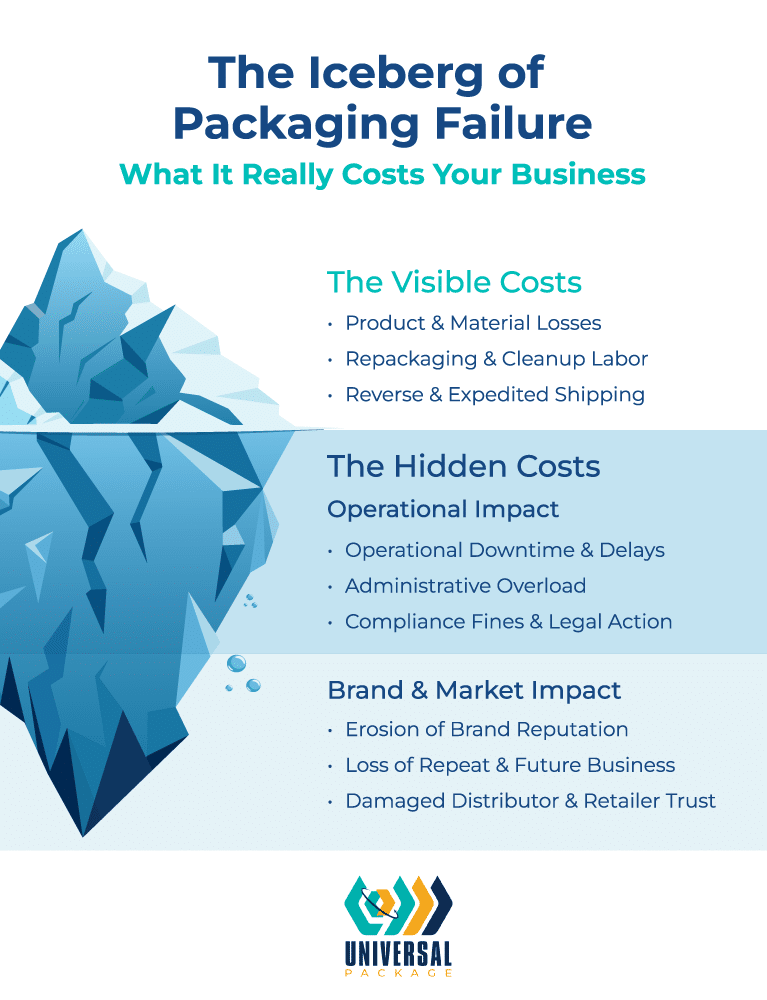
To build a compelling business case for better packaging, it’s crucial to look beyond the obvious expense of a damaged product. A single packaging failure triggers a cascade of hidden costs that ripple through operations, finance, and customer relations. Understanding this total financial impact is the first step toward justifying strategic investment in high-performance solutions.
The costs can be broken down into three distinct categories:
Direct Costs: The Immediate Financial Bleed
These are the tangible, out-of-pocket expenses that appear on an income statement almost immediately after a failure occurs.
- Damaged or Lost Product: The full value of the goods that must be written off.
- Replacement and Repackaging: The cost of new packaging materials plus the labor costs for sorting damaged goods, cleaning up spills, and repacking salvageable items.
- Return Logistics and Expedited Freight: The expense of managing reverse logistics for damaged shipments and the premium paid for expedited shipping to get replacement products to the customer on time.
Indirect Costs: The Operational Drag
These costs are less visible but can have a far greater impact on overall profitability by disrupting operational efficiency.
- Production Line Downtime: A critical component arriving damaged can halt an entire assembly line, resulting in thousands of dollars in lost productivity while waiting for a replacement.
- Administrative Burden: The significant labor hours spent by administrative, sales, and logistics staff processing claims, managing returns, and communicating with unhappy customers.
- Regulatory Fines and Legal Fees: In regulated industries, non-compliant packaging can lead to substantial fines, mandatory recalls, and costly legal battles, turning a simple packaging error into a major financial event.
Intangible Costs: The Long-Term Brand Damage
These are the most dangerous costs of all, as they erode the foundations of your business: customer trust and brand reputation.
- Loss of Customer Trust: A damaged delivery is a broken promise. It signals a lack of reliability and can permanently damage a customer’s perception of your quality standards.
- Customer Churn and Lost Future Sales: A dissatisfied customer is unlikely to reorder and may share their negative experience, leading to the loss of both their business and potential new clients.
- Strained Partner Relationships: Consistent packaging failures can jeopardize relationships with crucial distributors, retailers, and third-party logistics (3PL) partners who may seek more reliable suppliers.
The Core Components of an Effective Packaging System
To prevent costly failures, a successful packaging system must be viewed as an integrated solution built from several critical components. It’s not just about the box; it’s about the strategic combination of materials, design, and technology that work together to protect the product at every stage.
An effective system is built on three pillars:
1. Purpose-Built Materials and Design
The foundation of any packaging solution is the selection of materials and a design tailored to the specific product. This goes far beyond standard containers and involves:
- Customized Protection: Using solutions like foam inserts for sensitive electronics or reinforced containers and steel racks for heavy, bulky components.
- Regulatory Compliance: Selecting materials and designs that meet strict industry standards.
- Sustainability and Efficiency: Incorporating reusable packaging options that reduce long-term material costs and support environmental goals.
2. Logistical and Handling Efficiency
A package’s design directly impacts how efficiently it moves through the supply chain. Thoughtful engineering ensures:
- Optimized Space: Designs that allow for secure stacking, efficient palletization, and better overall warehouse and transit space utilization.
- Automation Compatibility: Full compatibility with automated systems, which drops error rates and dramatically increases handling speed and consistency.
3. Integrated Technology and Data
Modern packaging leverages technology to create a more responsive and intelligent supply chain. The integration of components like IoT sensors within packages provides real-time monitoring of critical conditions such as:
- Temperature and humidity fluctuations
- Vibration and shock events
- Location and transit delays
This data empowers companies to react to potential issues before they cause damage, turning the package itself into an active guardian of product integrity.
Diagnosing and Understanding Common Packaging Failures
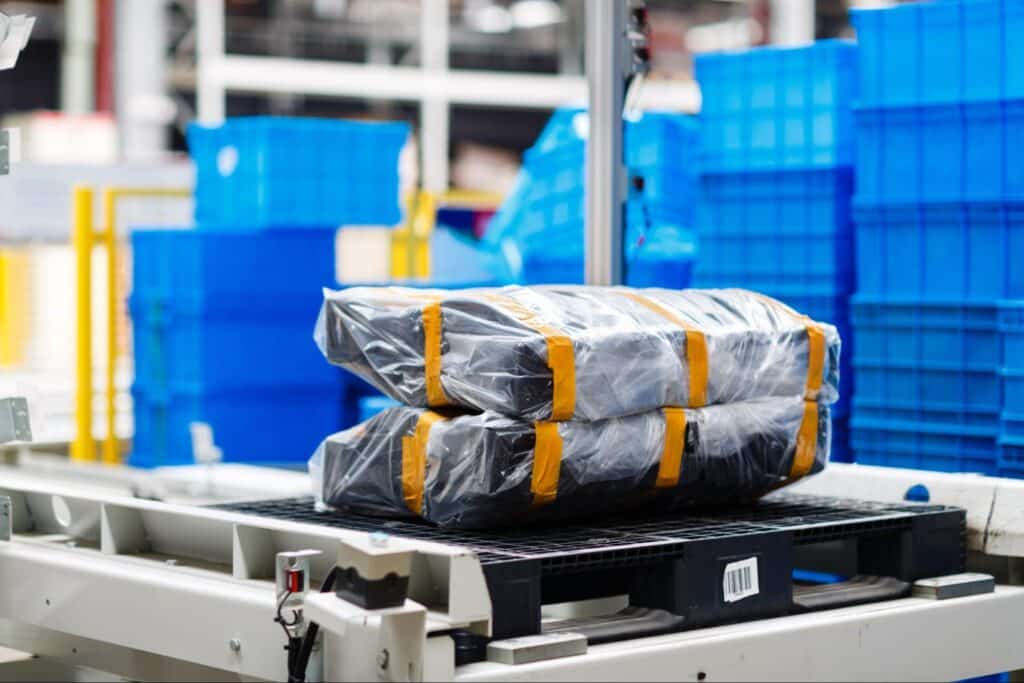
Packaging failures rarely stem from a single, obvious issue. They are often a complex interplay of design choices, material properties, and supply chain processes. To find a lasting solution, you must first identify the potential points of failure and then use structured analysis to pinpoint the true root cause.
Common Failure Points
Failures typically originate from one or more of these key areas:
- Structural Weaknesses: Design flaws or low-quality materials can cause packages to tear, crush, or collapse under stress. Containers lacking proper reinforcement or moisture-resistant coatings are especially vulnerable to stacking loads or high humidity.
- Poor Material Selection: A mismatch between the material and the product is a frequent cause of failure. Using lightweight corrugated boxes for heavy items or providing insufficient cushioning for delicate products will inevitably compromise protection and increase damage rates.
- Design and Engineering Flaws: Packages with incorrect dimensions, poor load distribution, or ambiguous labeling can lead to product shifting and damage. Design oversights like misaligned forklift cutouts or insufficient stacking strength can cause immediate product loss and erode your reputation for reliability.
- Regulatory and Compliance Oversights: For products in regulated sectors like pharmaceuticals or electronics, failure to use compliant materials or design features can result in costly recalls and fines. Non-compliance with standards, such as the child-resistant packaging requirements from the Consumer Product Safety Commission (CPSC), can have serious legal and financial consequences.
- Supply Chain Mishandling: Even the best-engineered packaging can fail if handled improperly. Careless stacking, inadequate climate control, or insufficient training for materials handlers (contrary to OSHA guidelines) can quickly compromise package integrity.
Tools for Root Cause Analysis
While the points above represent the common symptoms, identifying the precise root cause requires a systematic approach. Leading companies use several proven analytical techniques to move beyond guesswork and implement targeted solutions.
- Failure Modes and Effects Analysis (FMEA): This method systematically identifies and ranks potential failure points by evaluating their severity, frequency, and detectability. A detailed overview can be found in this guide on FMEA. By prioritizing risks, companies can focus resources on the most critical vulnerabilities.
- The 5 Whys Technique: A simple but powerful method that drills down to the root cause by repeatedly asking “Why?” until the foundational issue—whether it’s an inadequate material specification or a flaw in the design process—is uncovered.
- Ishikawa (Fishbone) Diagrams: These diagrams create a visual map of the various factors (such as materials, methods, machinery, and management) that may have contributed to a failure. This fosters collaborative problem-solving and helps teams visualize all potential inputs.
By combining an understanding of common failure points with these powerful diagnostic tools, you can move from reactive problem-solving to proactive prevention.
A Framework for Packaging Excellence: Correction, Innovation, and Strategy
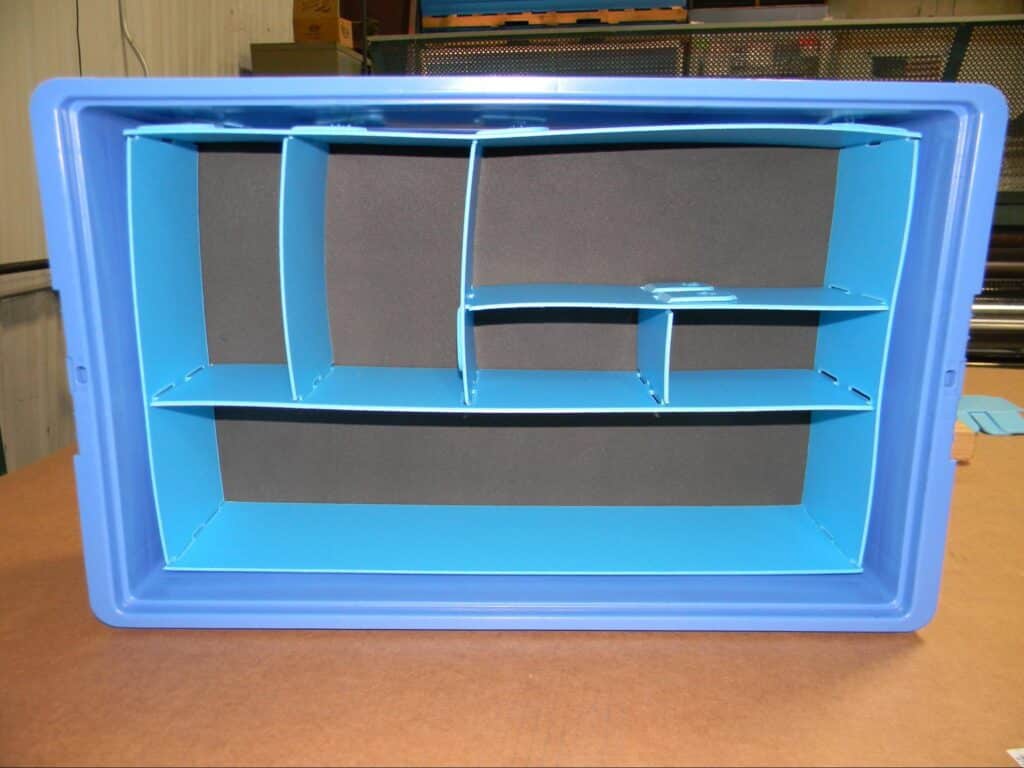
Effectively preventing packaging failures requires a holistic, multi-layered strategy. It’s not enough to simply react to problems; leading companies build a robust framework that encompasses immediate corrective actions, innovative material choices, strategic supply chain management, and a clear vision for the future.
1. Implement Corrective Actions and Prevention
Once a failure’s root cause is identified, the first step is to implement targeted corrective and preventative measures across your operations.
- Enhance Design and Material Quality: Revise package designs with reinforcements and protective features that address identified weaknesses. Validate these improvements by simulating real-world conditions and conducting thorough testing before deployment.
- Strengthen Operational Processes: Implement rigorous, standardized procedures for handling, stacking, and palletization. Ensure these best practices are consistently applied through routine training and quality checkpoints throughout the supply chain.
- Increase Supply Chain Oversight: Enhance communication with logistics partners through regular audits and inspections to detect potential issues early. A robust vendor management system with clear performance metrics reinforces reliability.
- Foster a Feedback-Driven Culture: Encourage open communication across all departments to continuously identify and address emerging packaging issues. Regular reviews and cross-functional problem-solving sessions make continuous improvement integral to your operational culture.
2. Leverage Custom and Sustainable Solutions
Off-the-shelf packaging is often the source of failure. The most effective solutions are those engineered for a specific product and a sustainable future.
- Embrace Custom-Engineered Protection: Every product has unique needs. For delicate items, foam packaging assemblies offer superior protection against shock and vibration. For irregularly shaped or heavy parts, custom dunnage secures them in place to eliminate in-transit shifting. By opting for these secure packaging solutions, managers can drastically reduce damage claims.
- Invest in High-Performance, Reusable Materials: Modern materials like corrugated plastic containers offer a powerful combination of benefits. They are lightweight yet strong, suitable for both transportation and storage, and align with Reusable Packaging Association recommendations for reducing long-term costs and environmental impact.
- Prioritize Sustainability: Go beyond basic recycling by integrating sustainability into your core strategy. Invest in biodegradable or reusable materials, optimize processes to reduce energy consumption, and adopt policies to create a circular economy, as guided by the U.S. Environmental Protection Agency (EPA).
3. Adopt Strategic Supply Chain Management
For buyers and supply chain leaders, packaging success depends on strategic vendor management and a commitment to continuous improvement.
- Conduct Rigorous Vendor Vetting: Evaluate potential suppliers on their material quality, design and customization capabilities, and adherence to regulatory standards. Ask targeted questions about their quality assurance processes and post-delivery support to ensure you are selecting a true partner.
- Monitor for Performance and Consistency: Keep a close watch on delivery timelines, material quality, and consistency across all orders. Tracking key performance metrics will help you identify negative trends before they escalate into costly disruptions.
- Foster Strategic Partnerships: Develop open, collaborative relationships with your packaging suppliers. A partner who shares insights, co-invests in problem-solving, and is committed to innovation is invaluable for creating high-performance, cost-effective solutions tailored to your operational needs.
4. Embrace the Future of Packaging
Staying ahead of the curve means embracing the technological advancements that are redefining industry standards.
- Smart Packaging: Embedded sensors and digital identifiers are transforming packaging into a data source. These technologies provide real-time monitoring of environmental conditions, alerting you to potential damage and offering valuable data to improve future designs.
- Automation and Robotics: The integration of automation in packaging lines dramatically increases efficiency, consistency, and compliance. Robotic systems reduce human error and enable faster, more reliable production.
From Liability to Asset: A Strategic Approach to Packaging Excellence
Packaging excellence is achieved when it ceases to be treated as a reactive cost center and is embraced as a strategic, competitive advantage. This guide has provided the blueprint for that transformation: from quantifying the true cost of a failure and diagnosing its root causes to implementing a robust framework of corrective actions, custom solutions, and proactive supply chain management.
By investing in this comprehensive approach, businesses can do more than just minimize disruptions; they can protect brand integrity, ensure operational continuity, and build lasting customer trust. Now is the time to review your packaging processes and transform them from a potential liability into a cornerstone of your business strategy.
For over two decades, Universal Package has delivered custom packaging solutions and reliable material handling solutions to help clients overcome packaging challenges. Consult with Universal Package to learn more about how our secure packaging products can be tailored to your business needs.


